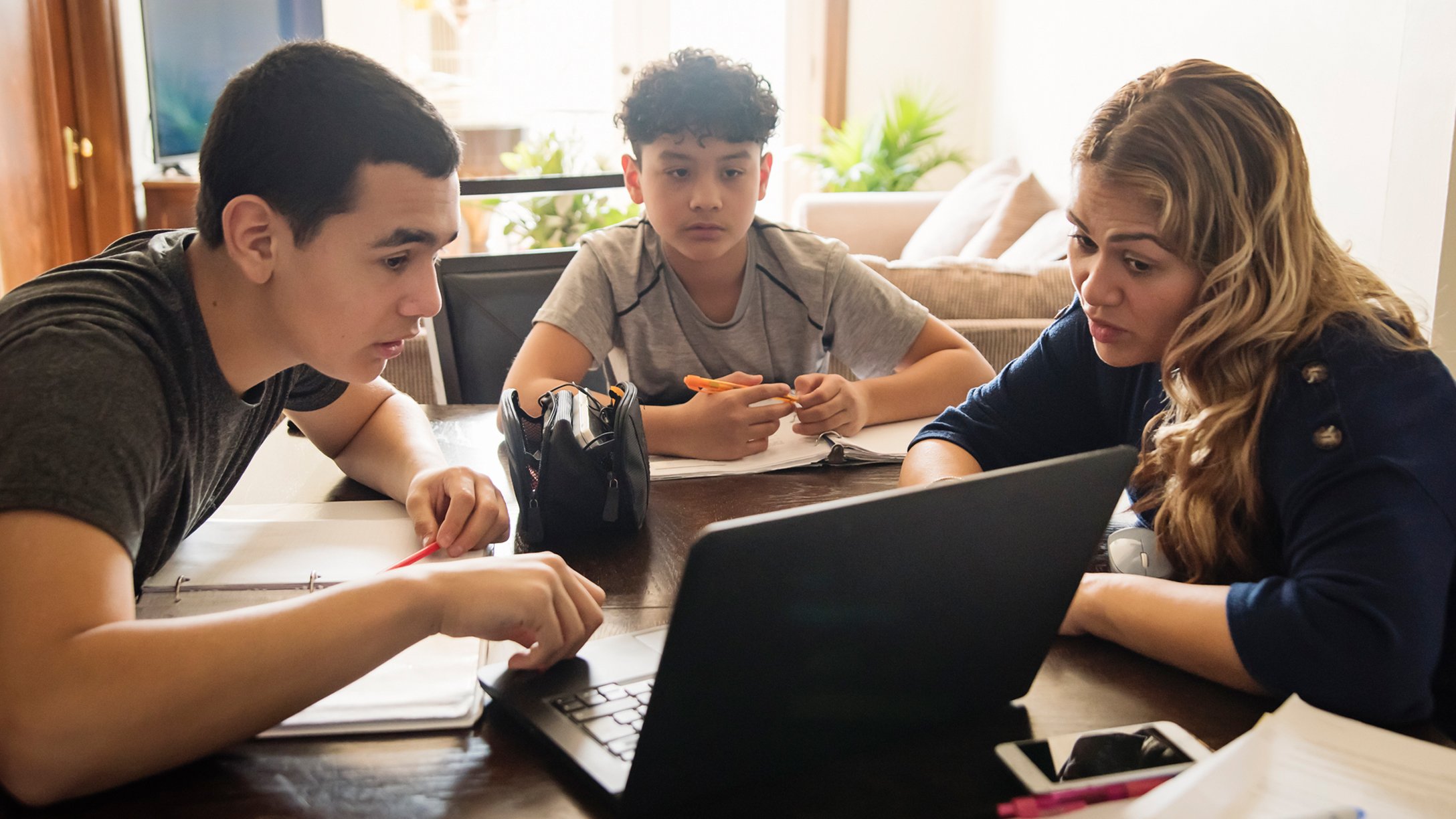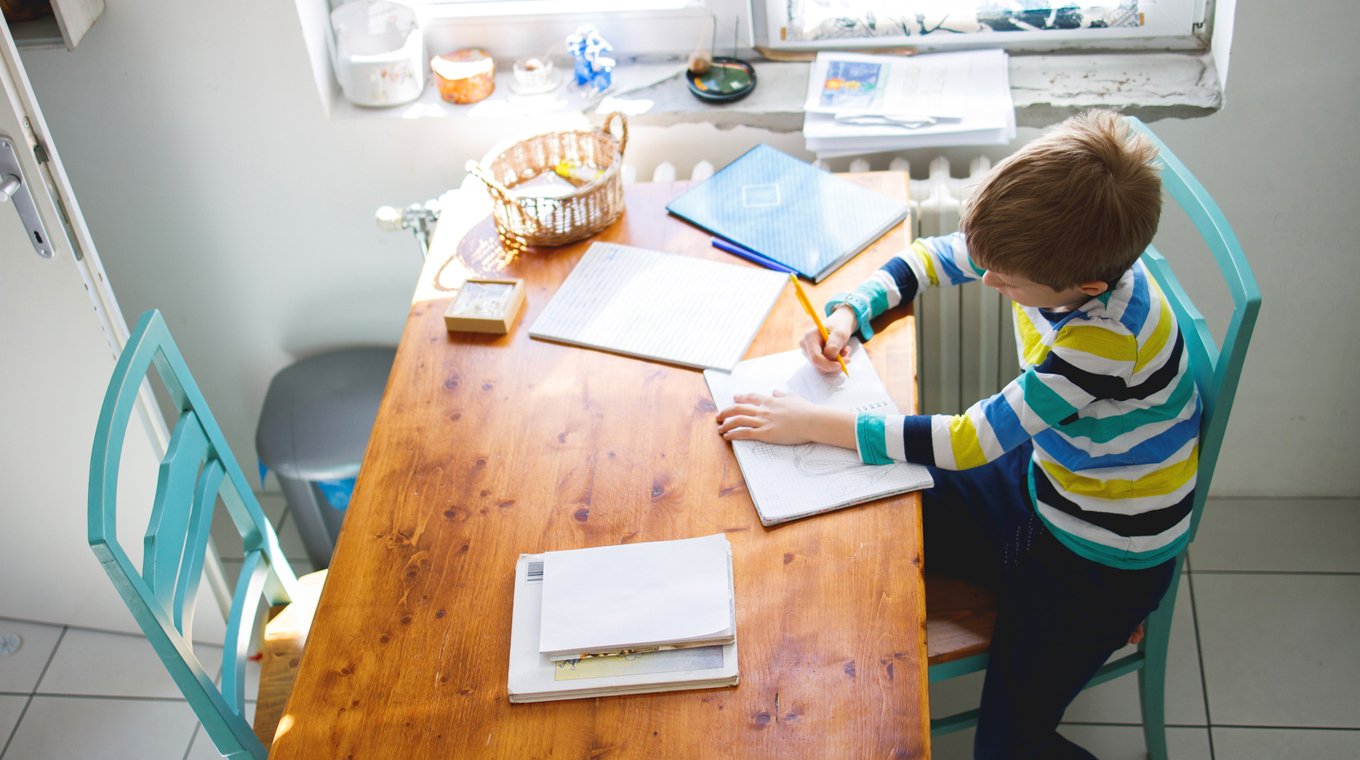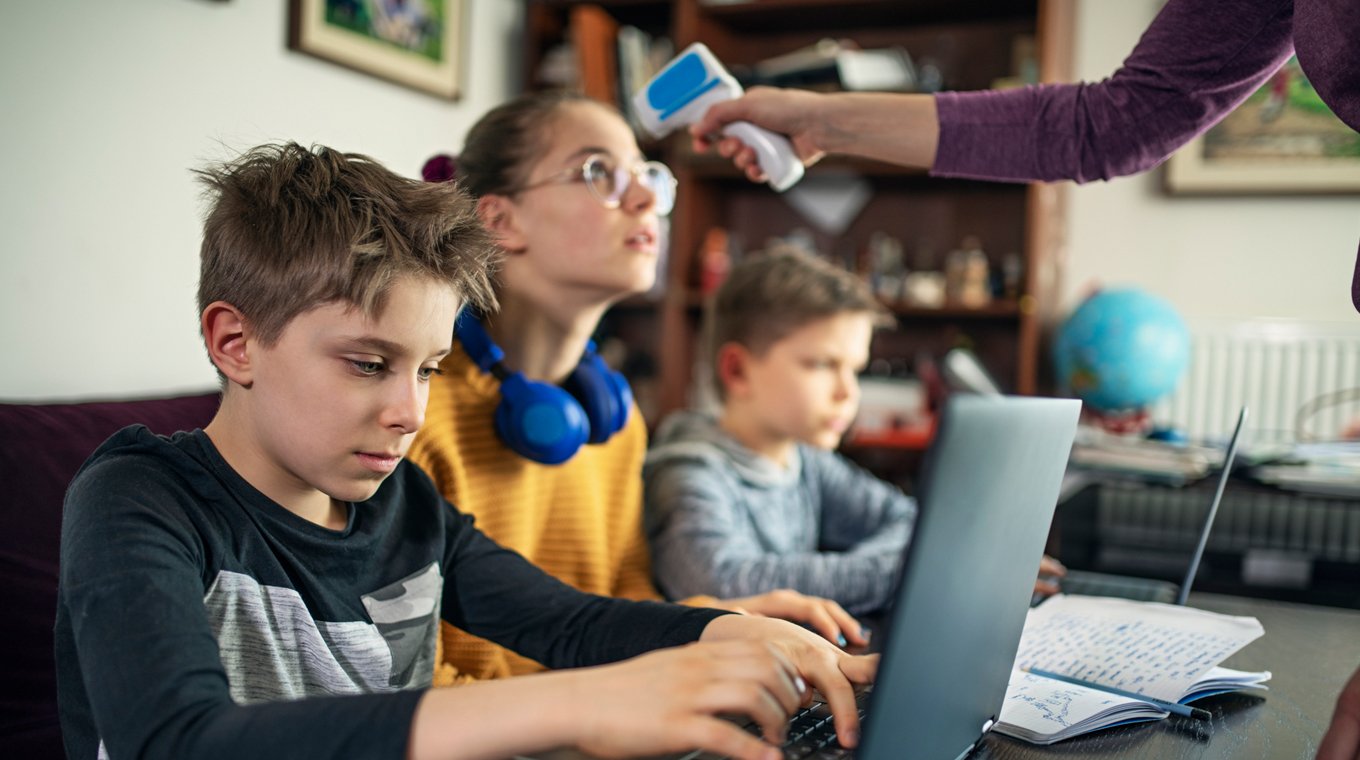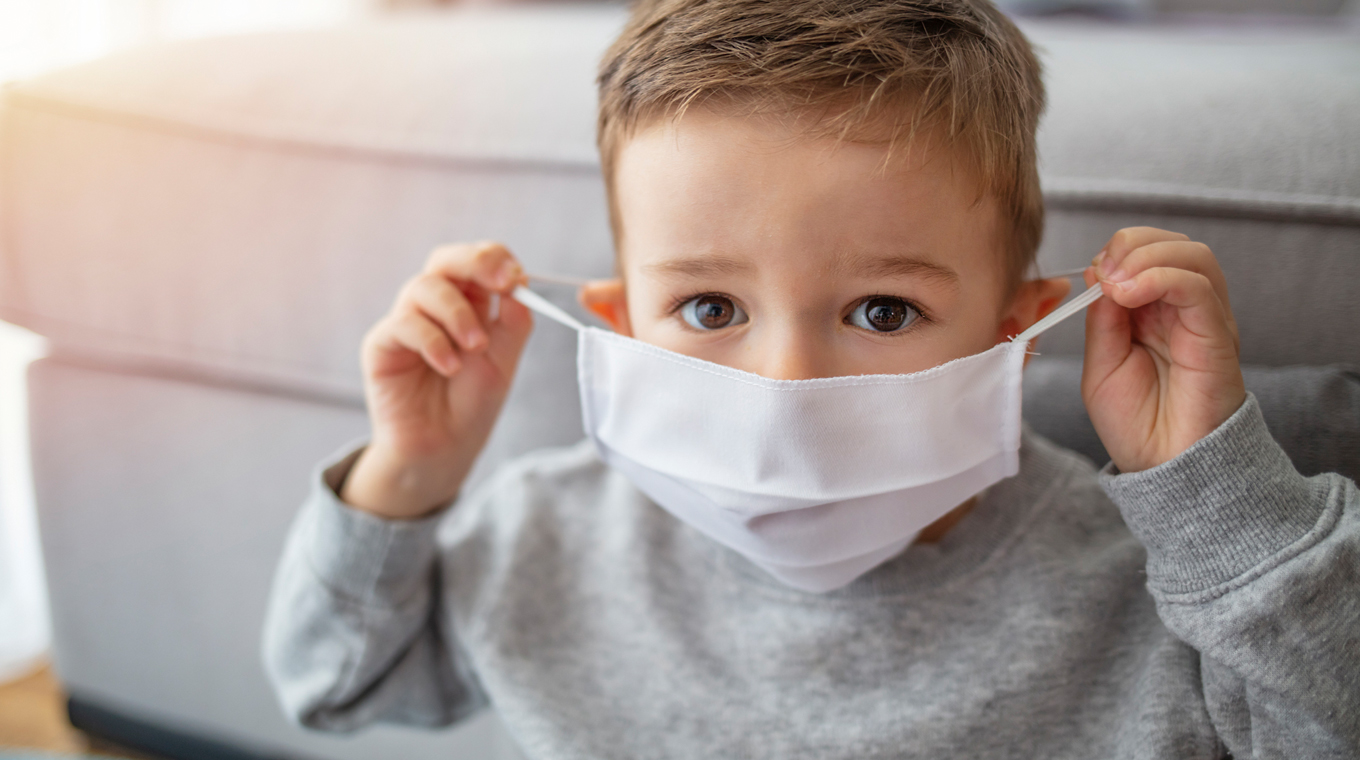
In this article
It’s a hot topic across social media, in mom-groups, and in the comments of news articles. Should kids continue distance learning when schools reopen?
The rising number of COVID cases has parents wondering if schools are safe. In countries like Taiwan, South Korea, New Zealand and Australia, an early and aggressive COVID-19 response has significantly reduced the number of cases and deaths. The U.S. has struggled to get a handle on the pandemic and as a result families are in limbo, worried about job stability, the economy and the fate of the educational system.
Even as schools are reopening, should kids continue distance learning?

In a few short weeks, schools across the country will reopen. For many families, how their children will be attending school this year is still up in the air. The question of the hour: should kids continue distance learning even when schools reopen?
When asked, social worker Carol Raburn felt the question was too child and family-specific to generalize. “Many kids need to be in school because of their home environment. But I also have a feeling a lot of families will realize how rewarding homeschooling can be and may choose to keep their children home as a result,” the mom of two told Mom.com.
Kristen Rosado, a parent who also works in special education, said there are various factors to consider. “The answer is ‘it depends.’ But it depends on so many different things,” she told Mom.com. “Not just the needs of the student or the family, but also the resources available to the school to ensure a safe environment, and the status of infections/spread in the community.”
In a recent webinar panel, The Brookings Institution — a public policy research organization — discussed the challenges of reopening schools amidst the coronavirus epidemic. Panelist Heather Hough addressed the types of resources schools may be called upon to provide students returning to school this fall. “In the most dire cases, students will have experienced trauma as issues of housing access and food insecurity are compounded by grief, loss, and even abuse. To meet these needs, schools should be prepared to offer a comprehensive set of services that address the needs of children and their families,” explained Hough, the executive director of Policy Analysis for California Education.
While this sentiment addresses the most serious of situations, student and family needs vary widely and the transition period will be challenging. The bottom line, says Rosado, “There’s no good answer, especially for working parents.”
Distance learning options for schools that are reopening

While some schools have yet to release guidance on what the 2020-2021 school year will look like, others have committed to distance online learning. Many, especially for the elementary grades, will shift to either hybrid learning or cohort style of education in a face-to-face classroom setting, forming microschools or homeschool co-ops.
In Charleston, South Carolina, microschools are starting to open. Some are drop-off locations for students doing public virtual schools, with a tutor or teacher on hand to assist. Others are set up like study hall, where students can be on any homeschool curriculum and have staff on hand to help. Some microschools fall in between the two, offering actual classes with teachers.
Those in-between offerings likely fall under the hybrid learning umbrella. Hybrid education includes both virtual online learning and in-person classes. Cohort groups include one teacher and a small group of students that stay together for the entire day. Virtual distance learning is what the majority of schools shifted to in the early days of the pandemic. Classes were held online through sites like Zoom or Google Classroom.
Although Diana Hughes‘ daughters prefer in-person instruction, they’ve decided to remain at home. “My girls love being in the classroom and especially with one of them being very social, they flourish in the classroom setting,” Hughes told Mom.com. But they made the decision to attend school virtually this coming school year. “We opted for distance learning for the whole semester. Even if schools reopen, we aren’t going back until January or later.”
School reopening COVID-19 safety measures. Are they enough?

As some schools move toward a hybrid schedule or prepare for in-person classes, concerns turn toward keeping kids safe as schools reopen. The CDC has provided ongoing COVID-19 guidance and addresses how school administrators should plan, prepare, and respond in the wake of the coronavirus pandemic.
Parents and caregivers of children preparing to return to in-person are reminded to check-in with their child each day. Daily temperature checks are recommended. A back-to-school COVID-19 planning checklist for caretakers of children attending in-person classes was recently released. In it, parents are encouraged to regularly remind kids to practice social distancing. Stressing the importance of wearing cloth face coverings, and washing hands often is also recommended. These checklist guidelines also apply to students returning for the 2020-2021 school year in a hybrid capacity.
The decision to continue distance learning or head back to in-person classes is a very personal one. The reasons and decisions vary from family to family and often in many cases, from child to child within the same family. The CDC’s comprehensive decision-making checklist can assist parents in making these very important decisions.







